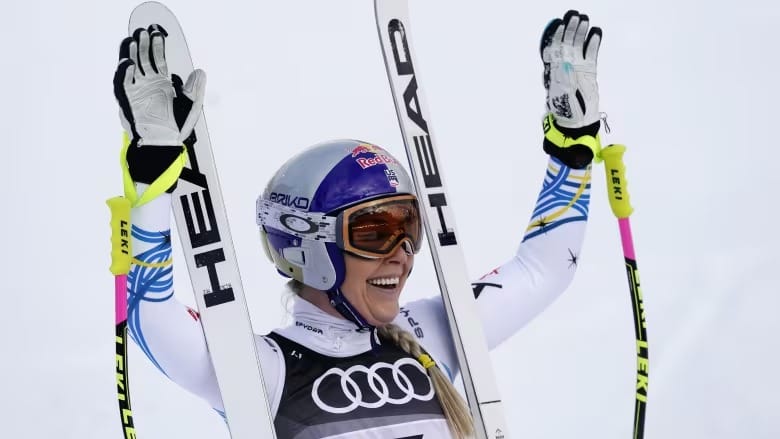Paris mayor’s plan to keep Olympic rings on Eiffel Tower sparks criticism
Critics say keeping the rings on the Paris landmark will be akin to making it ‘an advertising outpost’.

Plans to keep the Olympic rings on the Eiffel Tower have faced criticism from descendants of the tower's designer and sparked backlash from some locals.
The large rings, which were added to the monument for the duration of the Olympic Games held in Paris from July 28 to August 11, were well-received by visitors and tourists.
On Saturday, Mayor Anne Hidalgo announced her intention to remove the original rings, which are too heavy to remain on the tower, and replace them with new ones.
The Association of Gustave Eiffel’s Descendants expressed their disapproval, stating, “It does not seem appropriate to us that the Eiffel Tower, which has become the symbol of Paris and the whole of France since its construction 135 years ago, has the symbol of an outside organization added to it in a permanent way, whatever its prestige.”
Olivier Berthelot-Eiffel, chairman of the association and a great-great-grandson of the engineer, told AFP that the family had no issue with the rings staying beyond the Paralympic Games, which conclude on September 8. However, he criticized Hidalgo’s approach, saying, “But the Eiffel Tower should not become an advertising outpost. Anne Hidalgo should have said that she wanted to keep the Olympic rings, not that she had decided it, and then discussed the idea with the Paris council and relevant individuals.”
Hidalgo, in an interview with Ouest-France newspaper, affirmed her desire to keep the rings, stating, “The decision is up to me, and I have the agreement of the IOC [International Olympic Committee].” She did not specify how long the rings would remain.
Additionally, Hidalgo reiterated her wish to see the Olympic cauldron stay in the Tuileries Gardens, though the final decision rests with President Emmanuel Macron since the site is state property.
Culture Minister Rachida Dati, a long-time critic of Hidalgo, questioned the proposal, emphasizing that modifications to protected historic buildings require authorization and an impact study. “The Eiffel Tower is a protected monument, the work of an immense engineer and designer,” Dati said. “Protections for its architectural merit and his work require authorizations and an impact study before any major modifications can be carried out, in line with the law on protected buildings.”
Public reaction on social media was mixed, with many Parisians expressing skepticism about altering the city's iconic symbol, which is also a UNESCO World Heritage Site. “The Eiffel Tower has a history of 135 years and surpasses a sports and media event of 17 days,” remarked the SOS Paris group, which advocates for preserving Paris’s landmarks and historic character.
Paris MP Sylvain Maillard, from Macron’s centrist Renaissance party, also voiced concern, telling France Bleu Paris radio, “For me, this is a mistake. The games were a very powerful moment, but the Eiffel Tower embodies something timeless.”
Unveiled in 1889 for the World’s Fair, the Eiffel Tower, initially a temporary showcase of French construction expertise, faced some local opposition but has since become a permanent symbol of Paris. The 324-meter (1,063-foot) steel lattice structure is now one of the world's top tourist destinations, attracting 6.3 million visitors in 2023.





